The Best (And Worst) Games on the NES Classic Edition
20 - Double Dragon II
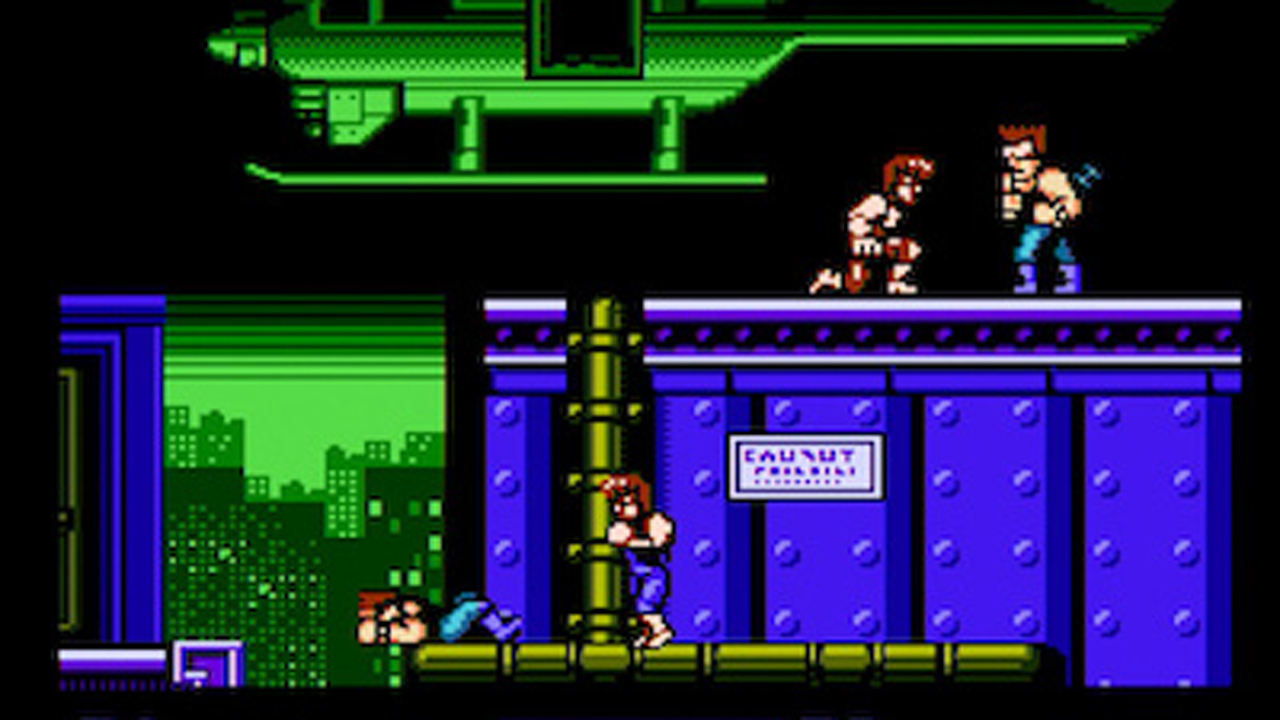
If there’s one thing that Double Dragon II succeeds at, it’s the core concept of all beat-‘em-ups: punching and kicking the hell out of a group of enemies is always satisfying. And like most other beat-‘em-ups, that combat isn’t as simple as it seems – timing your attacks correctly against different enemies is usually more important than mashing the buttons. Double Dragon II has its fair share of annoyances, though.
The punch and kick buttons are swapped depending on the direction you’re facing, which is really jarring until you force yourself to get used to it. The controls can also be unresponsive, especially when you’re trying to pull off one of the special moves (like the spin kick) at a crucial moment. The levels also have a number of ill-conceived platforming segments, which are made worse by the fact that you have to press two buttons simultaneously to jump. You’d do well to bring a co-op partner with you if you plan to get into this game, both for combat efficiency and moral support.
19 - Tecmo Bowl:
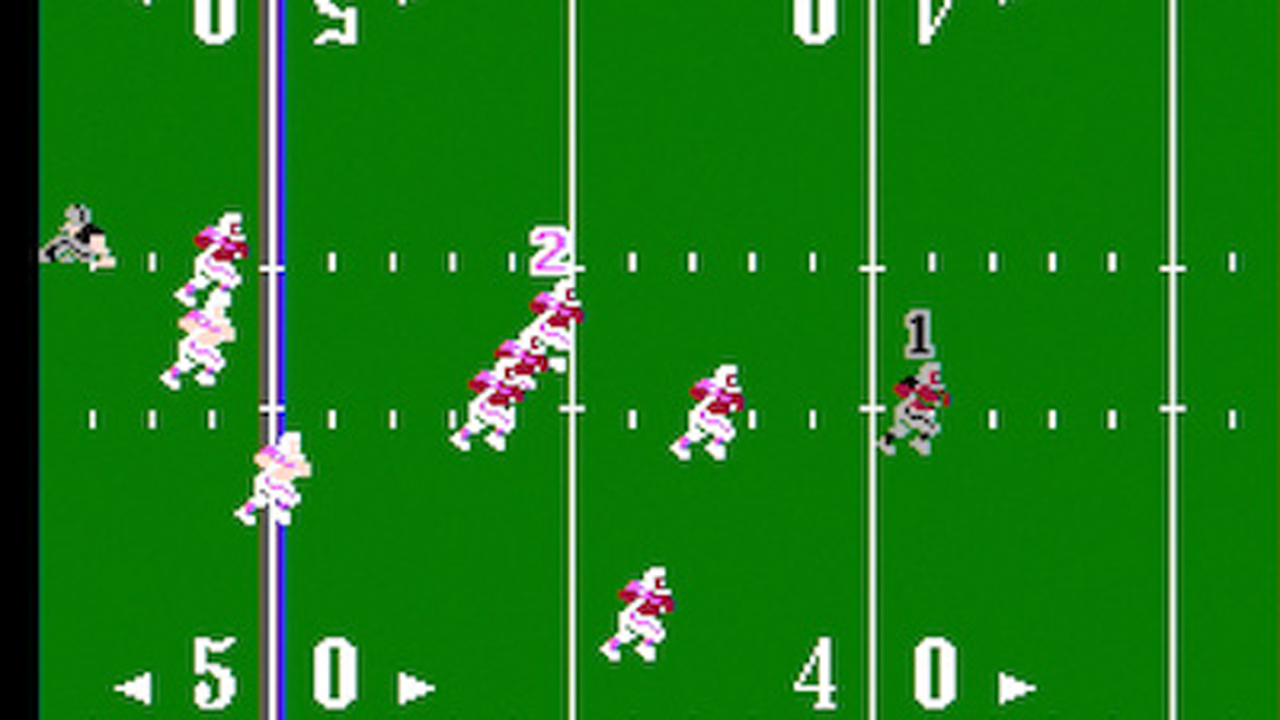
Tecmo Bowl isn’t exactly complex, so there’s not all that much to remark about. It’s one of the more famous football games ever made, but it’s also from when sports simulation games were still getting their footing. The version that is available on the NES Classic is missing one of the original’s main attractions, which was the ability to play as real NFL players. Other than that, Tecmo Bowl is a fun but incredibly basic football game to pick up and play against a friend.
18 - Mario Bros.
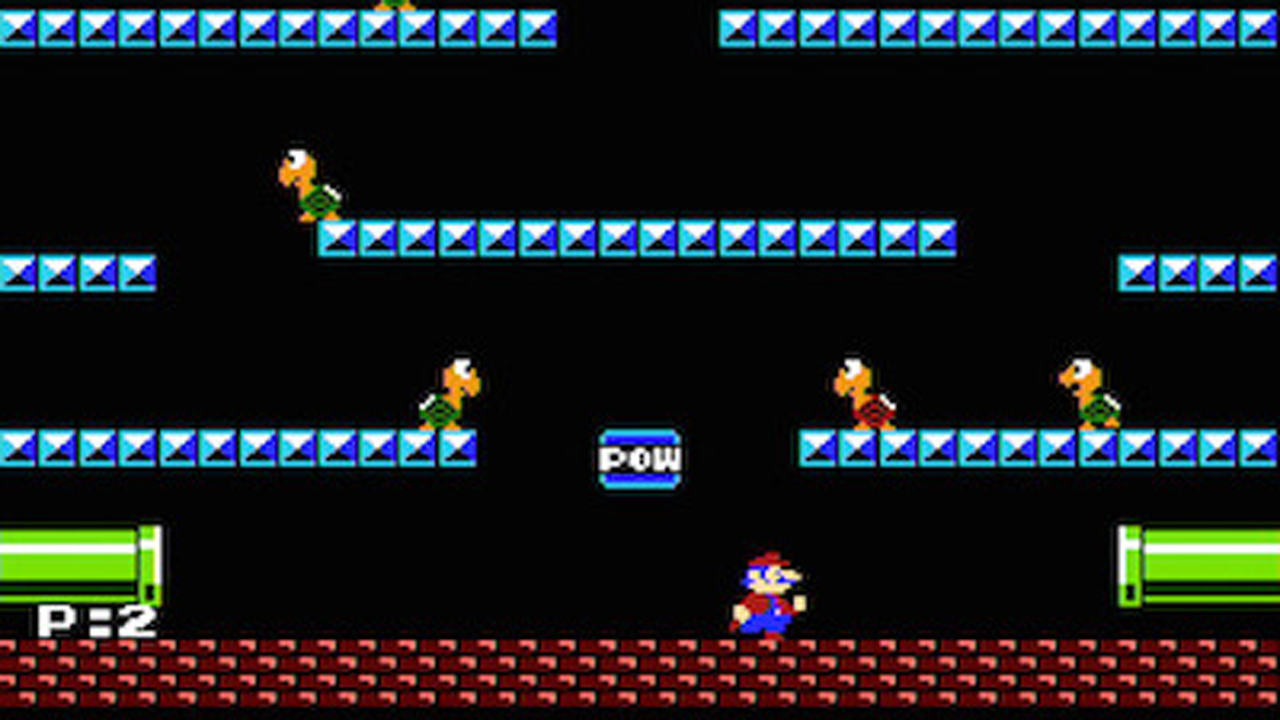
The lesser-known predecessor to Super Mario Bros is almost nothing like Super Mario Bros. Nonetheless, it’s a great example of how an arcade platformer with a simple concept can still be enjoyable, even today (looking at you, Ice Climber). Flipping enemies over by bumping into the bottom of their platforms is weirdly entertaining, as are the coin-collecting bonus stages. Besides some increasingly slippery platforms and very repetitive level design, a good sense of scaling difficulty keeps you busy as enemies become faster, more numerous and more dangerous. The game imbues a real desire to last as long as possible and get through as many levels as you can, especially in the 2-player modes.
17 - Final Fantasy
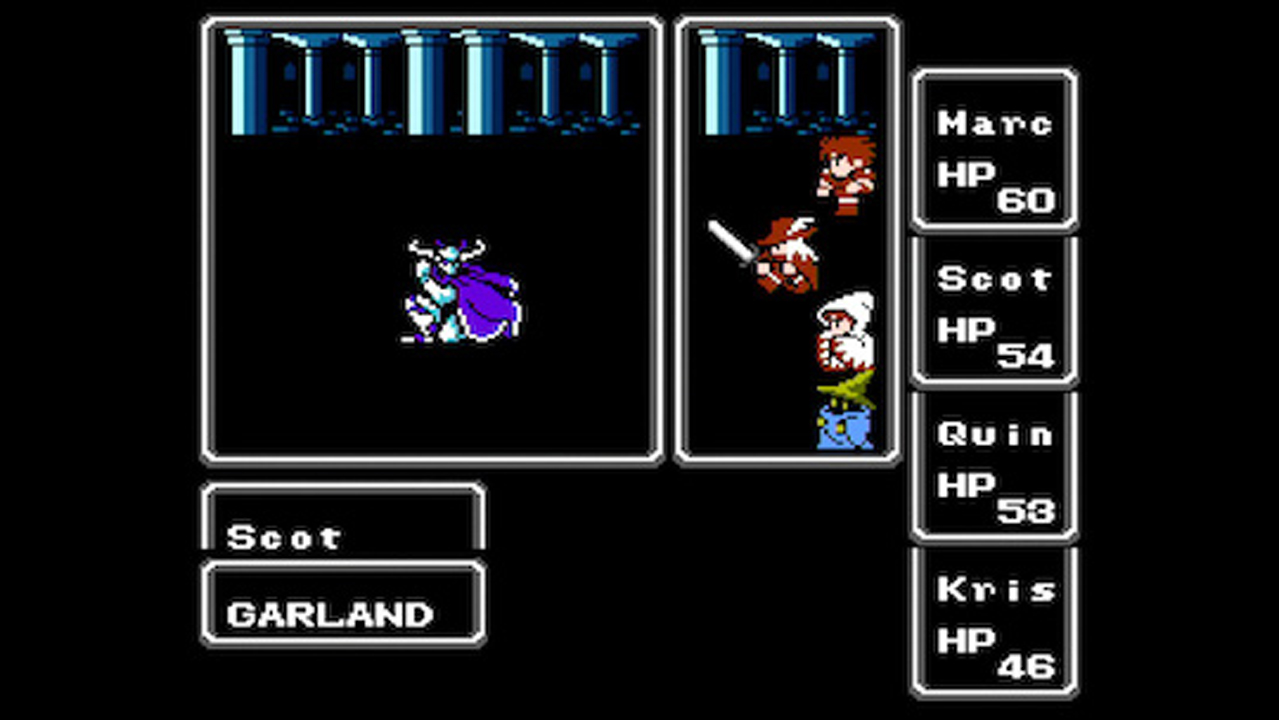
There was a time when this single game was the lifeblood of Square, but… not so much anymore. Don’t get me wrong – Final Fantasy still has a lot of merit as a foundational JRPG. It’s less linear than something like Dragon Warrior (or Quest, whatever) by creating the loop of seeking out new towns to buy new equipment to fight new enemies to locate new dungeons with ever-deadlier bosses. The customizable character classes also add some healthy depth to the whole process, despite the fact that some of them are blatantly overpowered (Red Mage) or underpowered (Thief), and leveling up your party actually has noticeable benefits that make you feel more powerful. Unfortunately, the game is damn near incomprehensible for anyone who doesn’t have experience with old JRPGs. There is virtually no in-game guidance for anything, meaning you’ll have to rely on the manual to get most information. The game also depends far too heavily on grinding, more than any other entry in the series. It can start to get really off-putting when you realize you’re underleveled for the third time after your party gets wiped out in another dungeon that took far too much time to walk to.
16 - Metroid
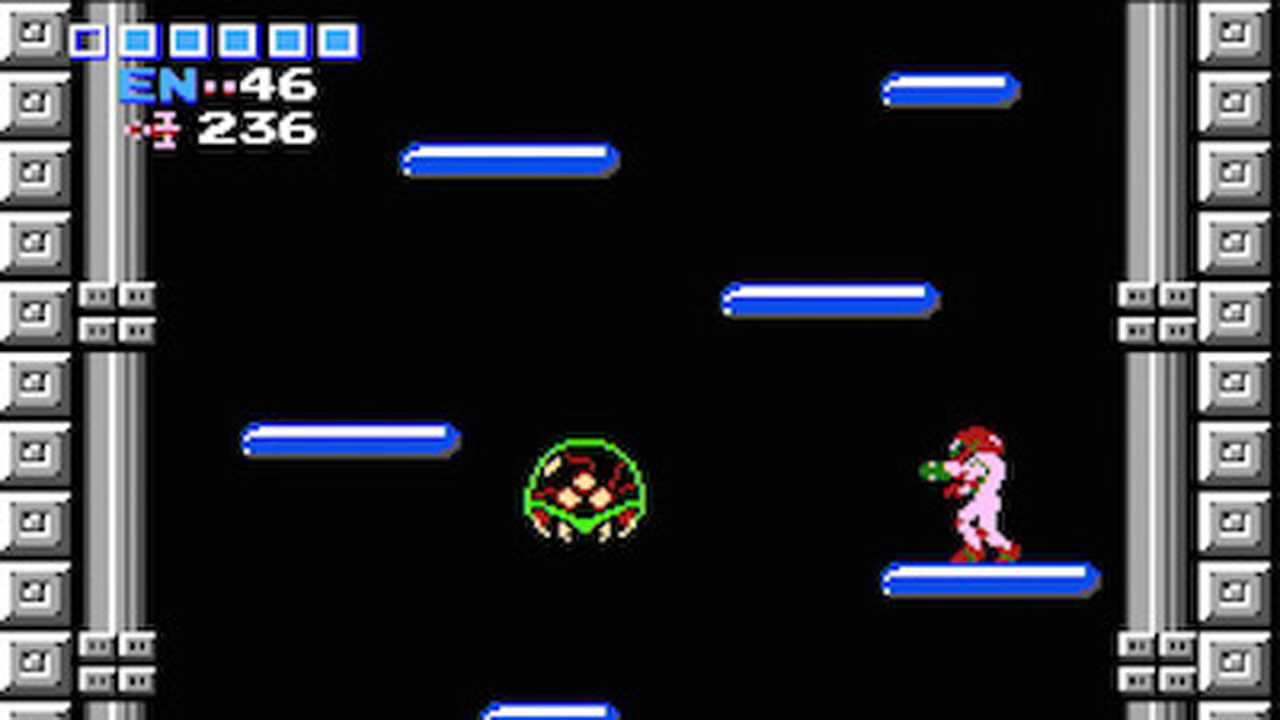
There’s a lot to say about this old friend of mine, and thankfully, about half of it is good. Metroid’s quick and responsive controls feel as good as ever, and are (almost) perfectly suited to the vast amount of exploration that you’ll be doing. That exploration is rewarded with a wide range of power-ups and abilities to collect, and it’s always hugely empowering and relieving when you find a brand new one. Metroid is also a game about self-sufficiency; it doesn’t mess around with its difficulty at all. You’ll be sent back to the first area after dying, and you won’t start with full health. Enemies do more damage than the health you can gain back by killing them, and bosses are a monumental but worthwhile challenge. Those good parts of Metroid are counterbalanced by some equally bad parts, though. You can’t shoot enemies that are shorter than you, which is a real pain when the majority of them scuttle along the ground out of your range. There is a LOT of backtracking involved through plenty of recycled level design, and if you’re not keeping a mental map, it becomes extremely easy to get lost. This is also another one of those games that tells you nothing and practically necessitates a manual. You keep all your items even when you die, but unfortunately, it’s often faster to die and restart with your new item than to backtrack. Grinding for health and ammo is also a painfully slow and drawn-out chore, but it’s basically necessary after dying or finishing a vicious boss fight.
15 - Castlevania
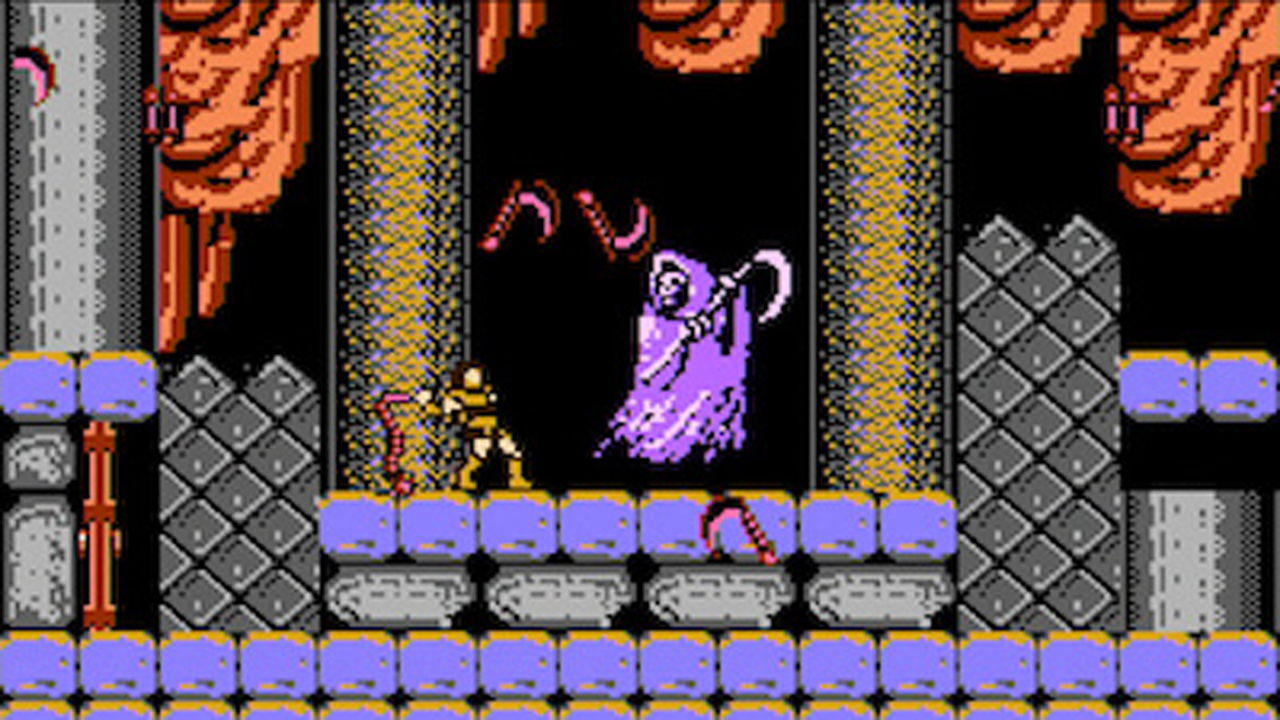
You become aware of Castlevania’s biggest problem as soon as you pick up the controller and start playing for the first time: the stiff, slow controls. That sluggish feeling affects all your movements, attacks, and jumps, and doesn’t improve at any point as you progress. This game is also an action platformer – you will be required to make near-impossible jumps with no air control. If you think you can handle all that, then you’re in for a pretty great (and demanding) game. A lot of devilishly clever level design, tough and exciting bosses, and a huge sense of fulfillment after beating each level are some of the things you can expect, but I won’t spoil the specifics. Oh, but if there’s another complaint to be had, it’s all the damn stairs. The game seriously makes you stop and hold up on the d-pad to ascend them… as it tosses enemies at you half the time.
Weekly digests, tales from the communities you love, and more
14 - Kirby’s Adventure
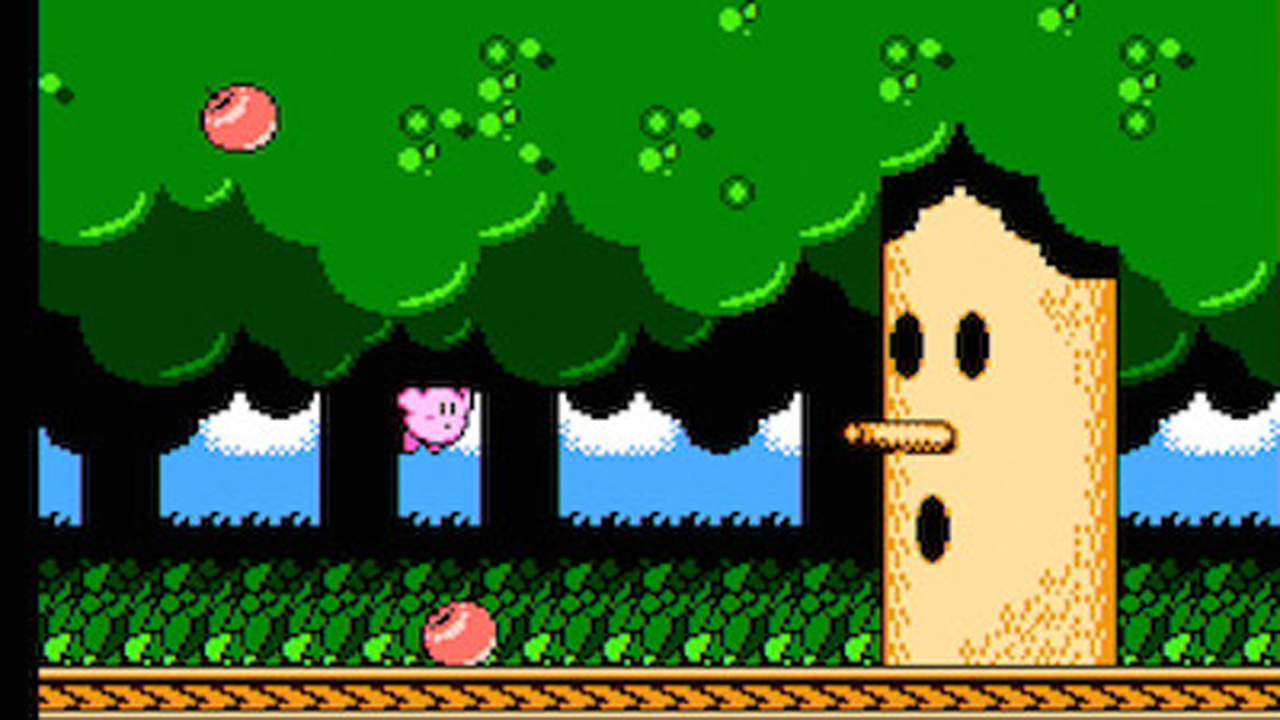
Kirby’s Adventure ended up ranking a lot higher on this list than I initially thought it would. This is another game that boasts simple yet fun controls, but it’s more about discovering an assortment of awesome powers while obliterating anything foolish enough to get in Kirby’s path. Inhaling enemies to steal whatever ability they might have next is a nice way to keep you engaged, at least until that well runs dry about halfway through the game. Regardless, you’ll probably just end up choosing your favorite power and playing as fast or as slow as you want, since Kirby is basically an unstoppable badass no matter what you do. The game becomes almost laughably easy when Kirby’s abilities make him clearly superior to any danger it can put in front of him – and that’s not necessarily a bad thing. There are a few bad things, however: the rudimentary level design never innovates on itself throughout the entire game. It starts off with long hallways of sidescrolling and meaningless platforms (punctuated by serious slowdown due to overcrowding of enemies), and it stays that way from start to finish.
13 - Balloon Fight
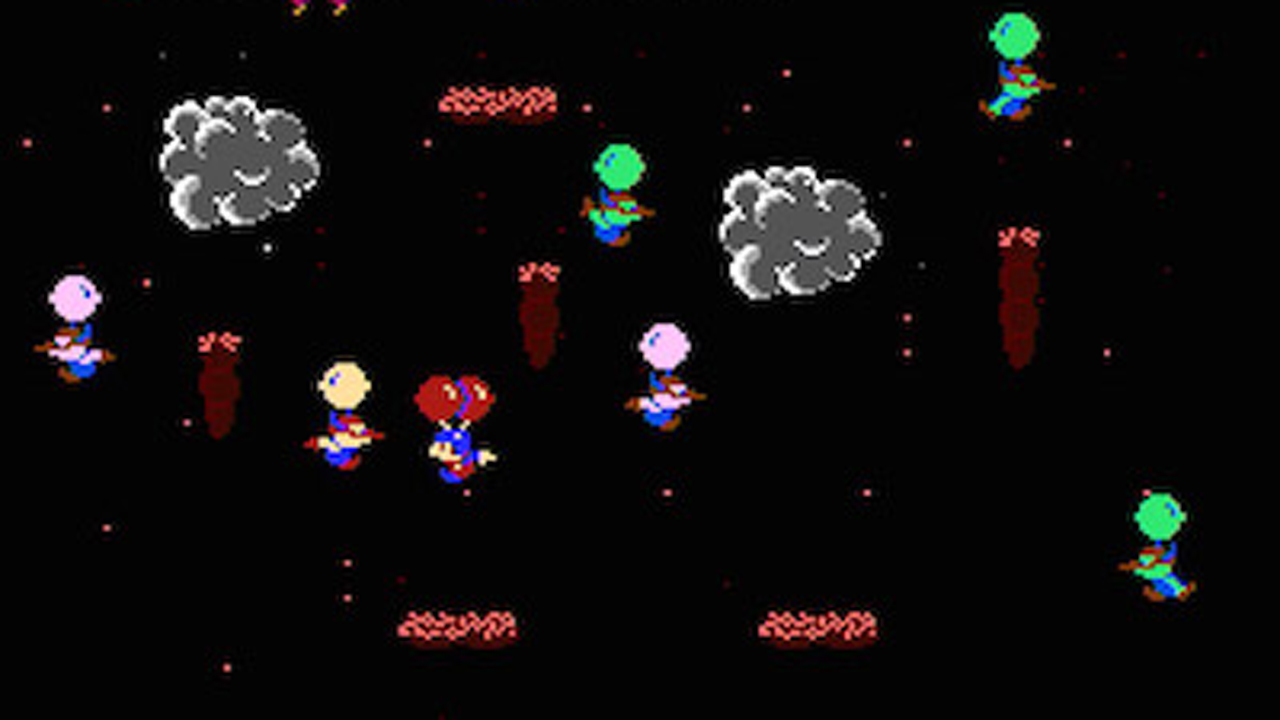
Balloon Fight is a game that is wholly simplistic while still being all-around fun. Every mode has something to offer, whether it’s the single player battle mode, the two-player cooperative/competitive mode or the fan-favorite Balloon Trip mode. The game utilizes its basic mechanics of holding B to ascend fast and tapping A for better air control to create an unexpected variety of possibilities. Sure, the floaty feeling of the controls takes a small bit of getting used to at first, but the game is surprisingly quick and intense once you get solid handle on them. A good game of Balloon Fight is not unlike a good game of billiards, requiring a mastery of momentum and plenty of foresight as you ricochet off of other flying enemies while popping as many of them as you can.
12 - Excitebike
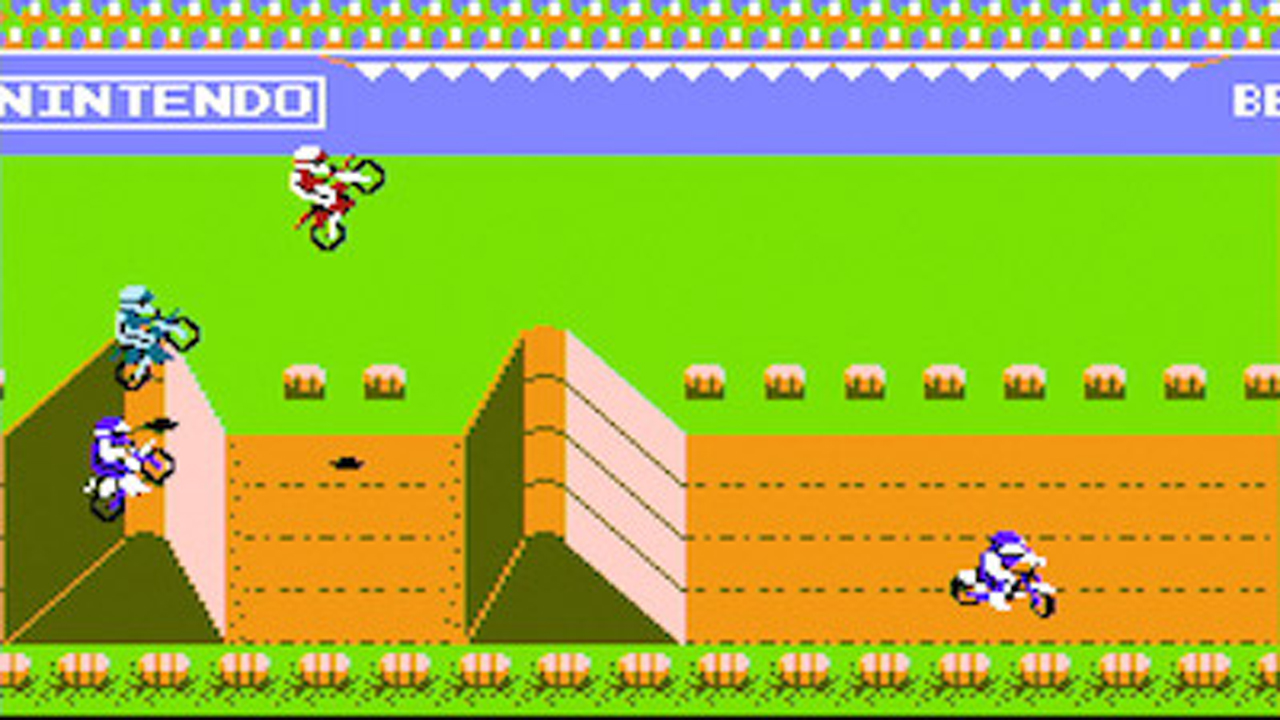
It’s kind of hard to believe that this NES launch title still feels as good as it does. Excitebike has a great sense of speed while driving and an excellent sense of balance while jumping and landing. The NES d-pad offers an exceptional amount of precision in this game, and whether or not you can land the different kinds of jumps without crashing is totally up to your skill. Maintaining your momentum is just as important if you want to win on the game’s increasingly taxing tracks, and the track creator adds replay value by letting you build and test your own tracks against yourself or others. On the other hand, the game doesn’t leave you with much to do once you’ve conquered all of the included tracks, and you can’t actually save your custom tracks for later use or editing if you turn off the console or quit the game. Nevertheless, Excitebike is a game that almost anyone can still pick up and enjoy these days.
11 - Gradius:
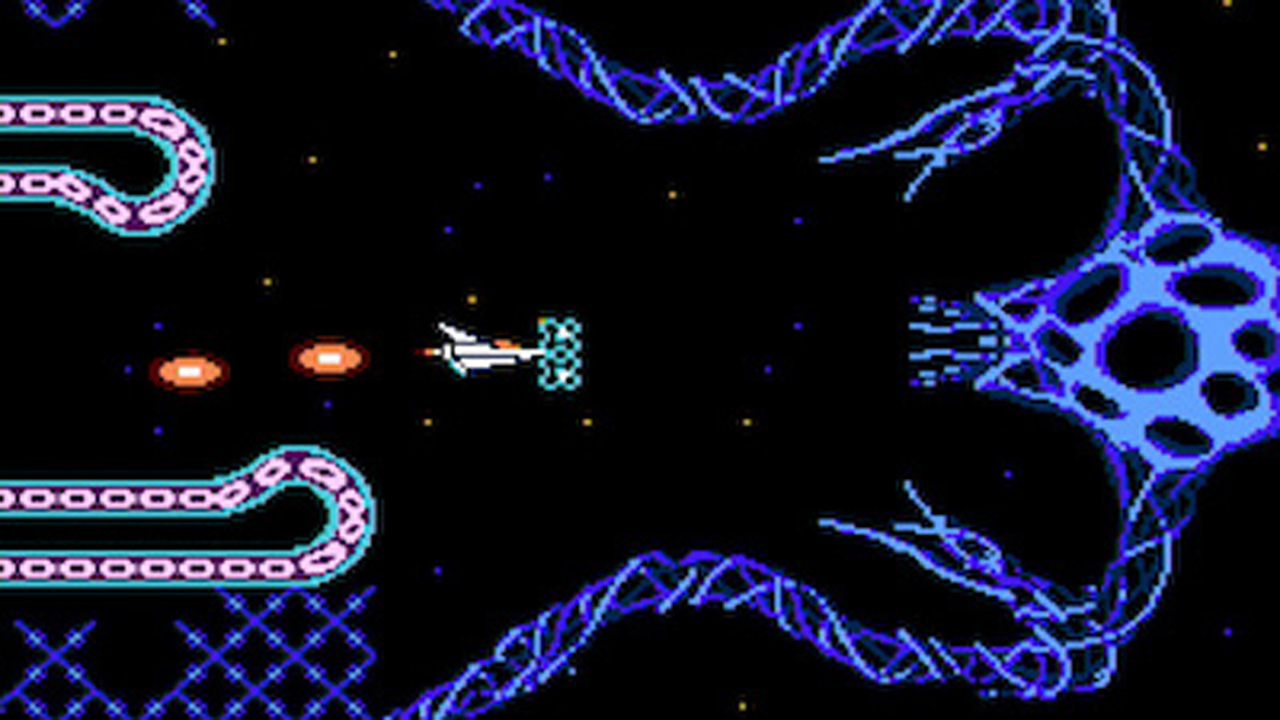
For a space shooter that is ostensibly about flying in one direction and doing one thing (blasting everything in your path), it might be surprising that Gradius is defined by its flexibility. Pickups allow you to boost your ship’s speed as much as you want, although it’s not advisable to go overboard since it can get uncontrollably fast. The fact that you can choose your own upgrades and weapons is very empowering as you progress towards your ideal ship setup. There’s a steady feed of new enemy types to keep you on your toes too, but the downside is that you’ll have to be mashing the B button the entire time to kill them at a decent rate. Dying also causes you to lose all your upgrades and you can’t get them back fast enough, meaning that you’ll be facing increasingly impossible odds if you die a single time. But hey, if you decide to continue anyway, at least the bosses all have the same patterns.



